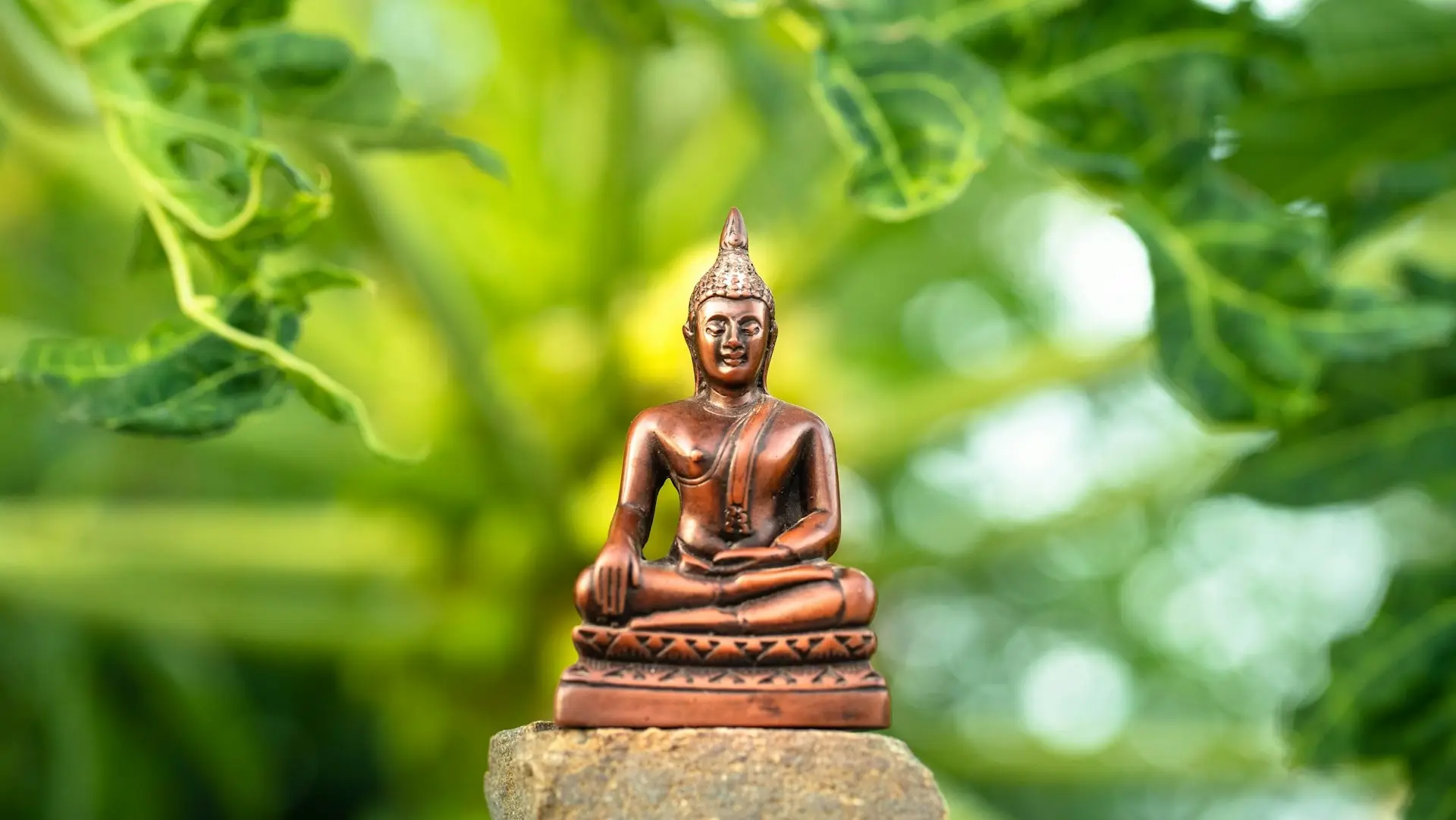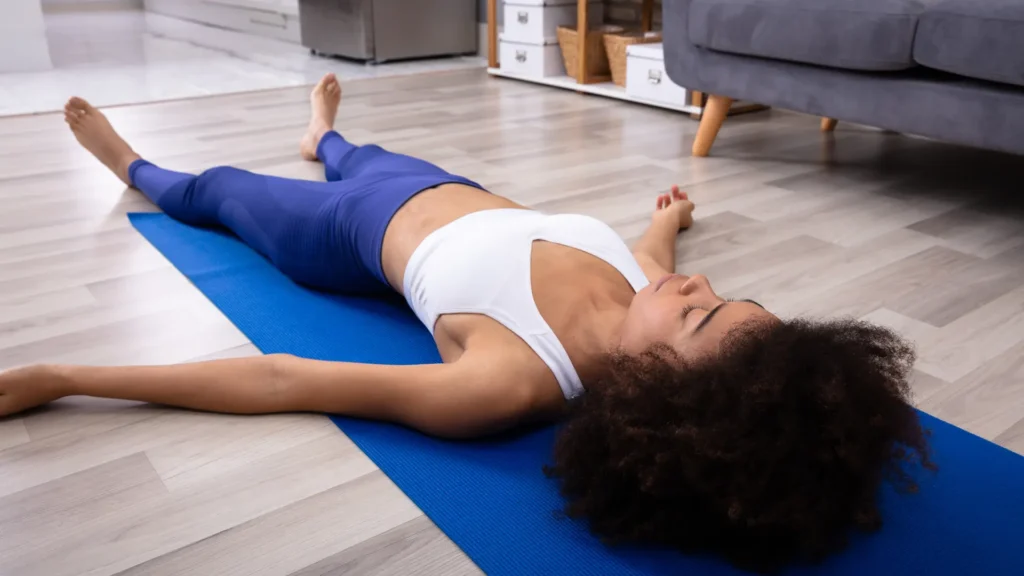Learning to meditate is a straightforward skill that anyone can develop. It doesn’t require special equipment or years of study; it simply requires a willingness to practice a few basic steps consistently. This guide is designed to walk you through your very first session and provide the tools you need to build a lasting and beneficial practice.
Preparing for Your First Session
A successful meditation practice begins with a bit of simple preparation. Before you sit down to meditate, take a moment to set the stage. First, choose a duration; 10-15 minutes is a perfect start. Set a gentle timer so you don’t have to worry about the time. Next, find a quiet space where you won’t be disturbed. Finally, choose your posture. You can sit upright in a chair with your feet flat on the floor, cross-legged on a cushion, or simply lie down on your bed. When sitting, the key is to keep your back straight but not stiff to allow for open breathing.
A Simple 5-Step Meditation for Beginners
This five-step exercise will guide you through your first meditation session, combining several powerful techniques into a single, seamless experience.
- Physical Relaxation: Begin by closing your eyes and bringing your attention to your body. Start with the muscles in your face and forehead, tensing them for a few seconds and then releasing them completely. Continue this process of tensing and releasing as you move your awareness down through your body: your jaw, neck, shoulders, arms, hands, chest, back, abdomen, legs, and feet. This is a technique called progressive muscle relaxation, and it effectively releases stored physical tension.
- Disengage From Thoughts: Now that your body is more relaxed, turn your attention inward to your mind. You will notice thoughts arising. Instead of getting involved in them, simply allow them to drift by like clouds in the sky. The goal isn’t to completely stop thinking, but to stop engaging with every thought that appears.
- Breath Awareness: Gently bring your focus to the simple, natural rhythm of your breathing. Don’t try to change it just yet. Just feel the air entering your body and leaving your body. Notice the sensation of the air in your nostrils or the rise and fall of your chest and abdomen. Use this sensation as an anchor for your attention.
- Deepen the Breath: Now, begin to gently alter your breathing. Inhale slowly and deeply, allowing your belly to expand. Pause for a moment, and then exhale slowly and completely, feeling your body soften. This simple form of breathwork helps to calm your nervous system.
- Expand to Body Awareness: Broaden your awareness from your breath to include your entire body. Feel the weight of your body in the chair or on the cushion. Notice the air on your skin. Listen for the subtle sensation of your own heartbeat, feeling its steady rhythm within your chest.
Congratulations. In this single session, you’ve used progressive muscle relaxation, breathwork, and a body scan. By combining these techniques, you have successfully achieved a light state of meditative trance.
What to Do When Your Mind Wanders
The most common experience for any beginner—and even for advanced practitioners—is the wandering mind. It’s not a sign of failure; in fact, it is the entire point of the practice. The “exercise” of meditation is the simple act of noticing that your mind has wandered and then gently, without judgment, guiding your attention back to your anchor (such as your breath or body). Every time you do this, you are strengthening your focus and awareness. The key is to be patient and compassionate with yourself.
Building a Consistent Practice
The transformative benefits of meditation come from consistency, not from the length or perceived perfection of any single session. It’s far more effective to practice for five minutes every day than for one hour once a week. To build this habit, try linking your meditation to an existing daily routine, such as right after you wake up or just before you go to bed. Making it a non-negotiable part of your schedule, no matter how short, is the secret to long-term success.
Working With a Meditation Coach
You can absolutely learn to meditate on your own—but having a coach can make the process easier, faster, and more rewarding. With personalized guidance, accountability, and the right techniques, you’ll avoid common roadblocks and build a stronger foundation for your practice.
As a meditation coach and founder of primexaos, I help beginners develop confidence and consistency in their practice. If you’re ready to take the next step and want one-on-one support, book a coaching session with me today!



